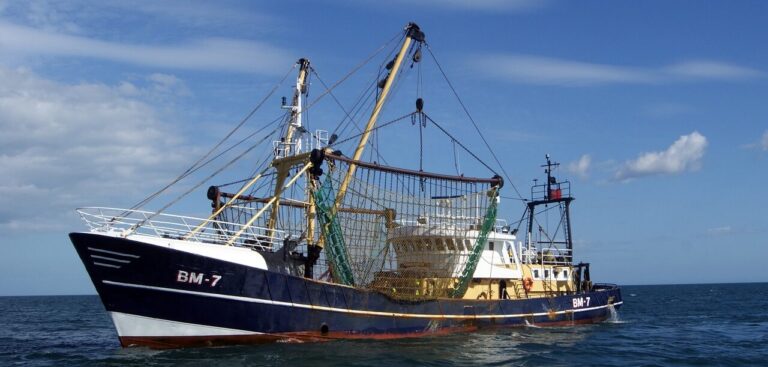Low-oxygen waters known as oxygen minimum zones are likely to get wider and deeper, expanding by millions of cubic kilometers by the end of the century, according to a new study.
Oxygen minimum zones are located 200-2,000m beneath the surface, in the ‘shadow regions’ of the tropical ocean, and are driven by factors such as water temperature, nutrient supply and ocean circulation patterns. Predicting how they will respond to climate change has proved difficult, partly due to disagreements on how to define ‘low’ oxygen levels.
The study used the latest suite of climate models – CMIP6 – to improve on previous predictions for how oxygen minimum zones would change. Those predictions often reported conflicting fates of the Pacific’s oxygen minimum zone.
Oxygen minimum zones comprise an outer layer and an inner core of ultra-oxygen-depleted water. If high greenhouse gas emissions continue, the study predicted that the tropical Pacific oxygen minimum zone will grow by 6 to 8 million cubic kilometers by 2100, expanding by about 4%. That volume equates to about 0.6% of the volume of the world’s oceans, or about three times the volume of the Greenland ice sheet.
As the Pacific zone grows, its outer layer will stretch over greater areas and depths, but its inner core could shrink, the study found. The growth of the oxygen minimum zone outer layer is due to weakened ocean circulation, which slows oxygen replenishment, according to the models. Over much of its area, the oxygen minimum zone will likely expand toward the surface by 5-50m.
The study did, however, find a small upside to this scenario. The core in oxygen minimum zones produces nitrous oxide, an important greenhouse gas, so a shrinking core in the tropical Pacific oxygen minimum zone may limit how much gas is released into the atmosphere.
“I think not having that core region balloon out is probably good news,” said Julius Busecke, lead study author and a physical oceanographer at Columbia University.
Beyond the core, the expansion of the Pacific oxygen minimum zone’s outer layer will compress the habitat for commercially important marine species, such as anchovies, tuna and crabs. Laure Resplandy, a co-author of the study and biogeochemical oceanographer at Princeton University, added, “As the levels of oxygen go down, these species won’t be able to feed, swim and reproduce unless they relocate to ocean regions with enough oxygen for them to breathe properly.”
Expanding oxygen minimum zones may lead to more overfishing because low-oxygen zones will likely expand upward toward the ocean’s surface, compacting oxygen-rich regions where fish can live, said Busecke. This could negatively affect the economically important fishery industry of the region.
To view the full study published in the journal AGU Advances, click here.



